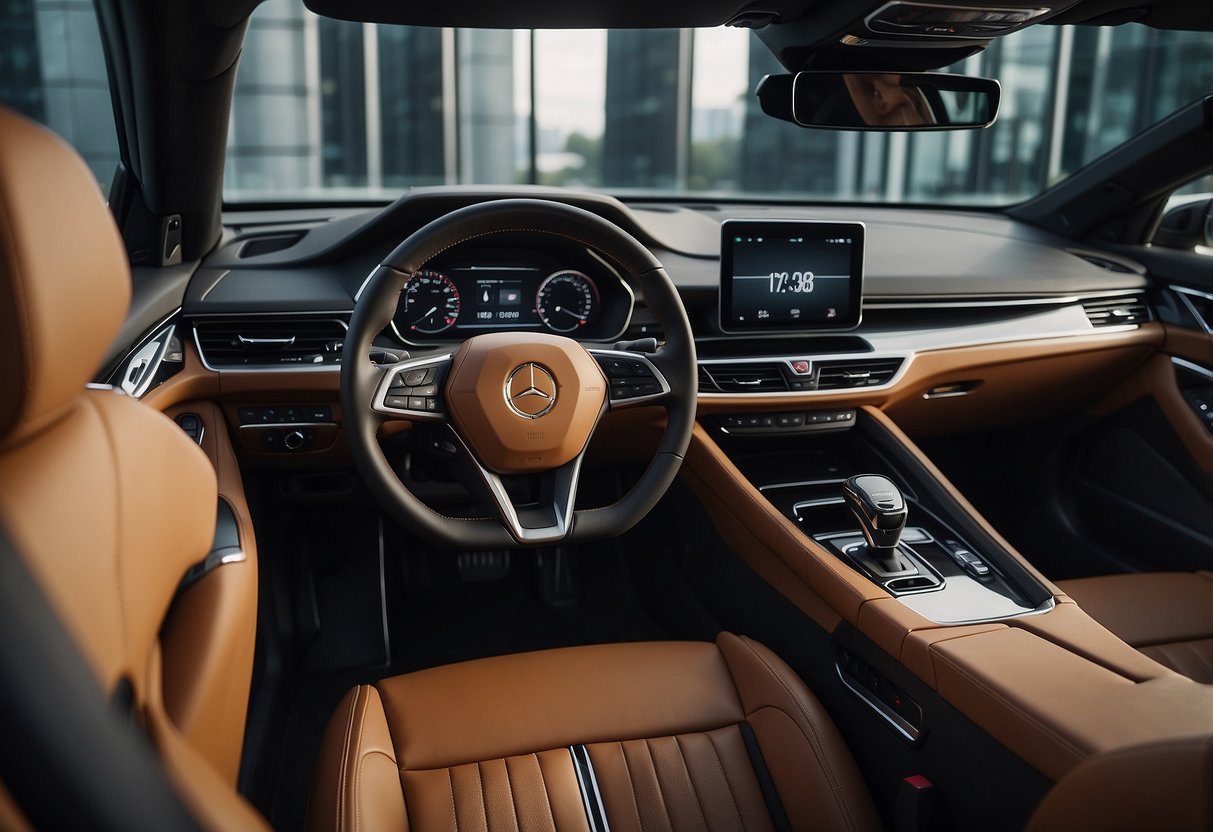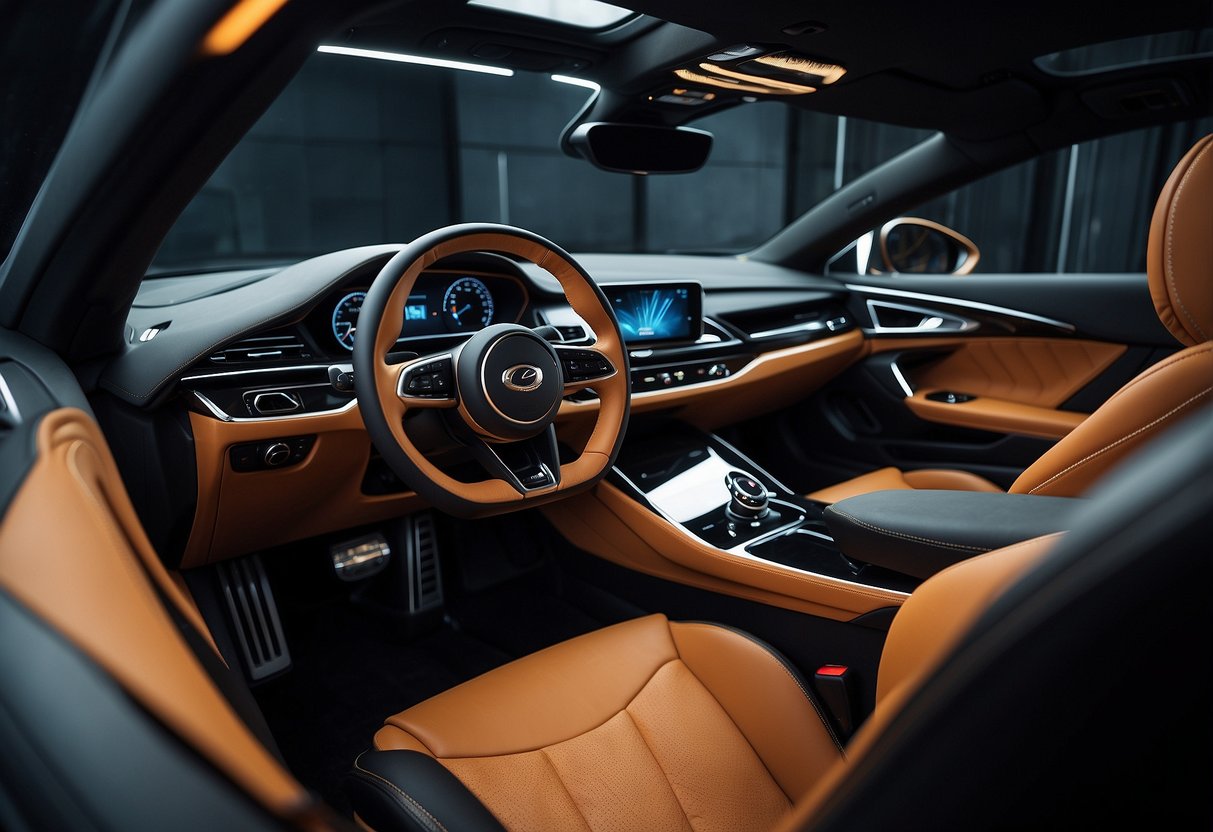
In recent years, car interior design has become a crucial factor for consumers when choosing a vehicle. Advances in technology and materials have led to significant improvements in comfort, functionality, and aesthetics. Today’s interiors are designed to be both luxurious and practical, providing an enhanced driving experience.
Manufacturers are focusing on creating more personalized and connected environments within the cabin. Features like customizable ambient lighting, advanced infotainment systems, and ergonomic seating are now standard in many models. These innovations cater to the needs and preferences of modern drivers, making every journey more enjoyable.
Sustainability is another key trend influencing car interior design. Many companies are integrating eco-friendly materials, such as recycled plastics and natural fibers, into their interiors. This approach not only reduces the environmental impact but also meets the growing consumer demand for sustainable products.
Evolution of Car Interior Design
Car interior design has transitioned from purely functional spaces to luxurious and aesthetically pleasing environments. This transformation reflects shifts in technology, consumer preferences, and advances in materials.
Historical Milestones
Car interiors in the early 20th century were stark and functional. They lacked comfort, focusing primarily on practicality. Early vehicles often had wooden or basic leather seats without much padding, exemplifying a utilitarian approach.
By the mid-20th century, manufacturers began incorporating more comfortable seating and simple control layouts. The 1950s and 1960s saw the introduction of features such as radio, air conditioning, and more ergonomic designs, making interiors slightly more enjoyable.
The late 20th century brought significant advancements. Digital dashboards, advanced sound systems, and leather became standard in luxury models. Safety features like airbags and better seat designs were also introduced, marking a significant progression in both comfort and safety.
From Functionality to Aesthetics
Modern car interiors prioritize both aesthetics and functionality. Materials have evolved from basic leather and fabrics to include high-end options like Alcantara, carbon fiber, and even sustainable materials.
Technology plays a pivotal role. Touchscreens, voice controls, and customizable ambient lighting have become common features in today’s cars. These technological advancements enhance the driving experience while adding a modern, sleek look to interiors.
Attention to detail is evident in stitching, trim, and overall design. Car interiors now resemble luxurious living spaces, created to provide comfort and visual appeal, reflecting the manufacturers’ focus on a premium driving experience.
Innovative Materials and Textiles

In recent years, car interior design has seen the advent of various advanced materials addressing sustainability, technology integration, and performance enhancement.
Sustainable Fabrics
Automakers are increasingly using eco-friendly materials. Recycled polyester and organic cotton are popular choices due to their minimal environmental impact. Manufacturers also explore alternatives like bamboo fibers, which offer durability and a unique aesthetic.
Natural leather substitutes, such as plant-based or lab-grown leather, are being adopted to reduce reliance on animal products. These materials are not only more ethical but often lighter and easier to maintain.
Smart Textiles
Smart textiles integrate technology for enhanced functionality. Some car interiors now feature fabrics that can monitor vital signs or adjust temperatures. Embedded sensors in seats and upholstery provide real-time data to improve safety and comfort.
Interactive textiles, like surfaces that can control infotainment systems through touch, are becoming more common. This technology promotes a seamless integration of the digital and physical aspects of the car interior.
High-Performance Composites
High-performance composites, such as carbon fiber-reinforced plastics, are gaining traction in car interiors. These materials are known for their strength-to-weight ratio, reducing vehicle weight while improving durability.
They provide a sleek, modern appearance and can be used in various components, including dashboards, door panels, and seat frames. The use of these composites helps enhance the overall driving experience by improving efficiency and handling.



